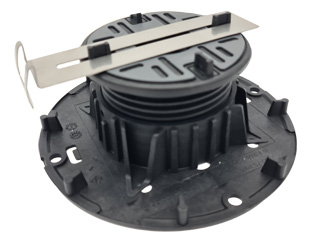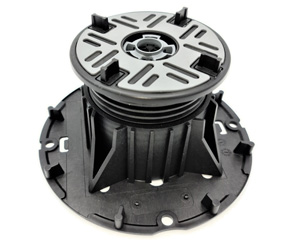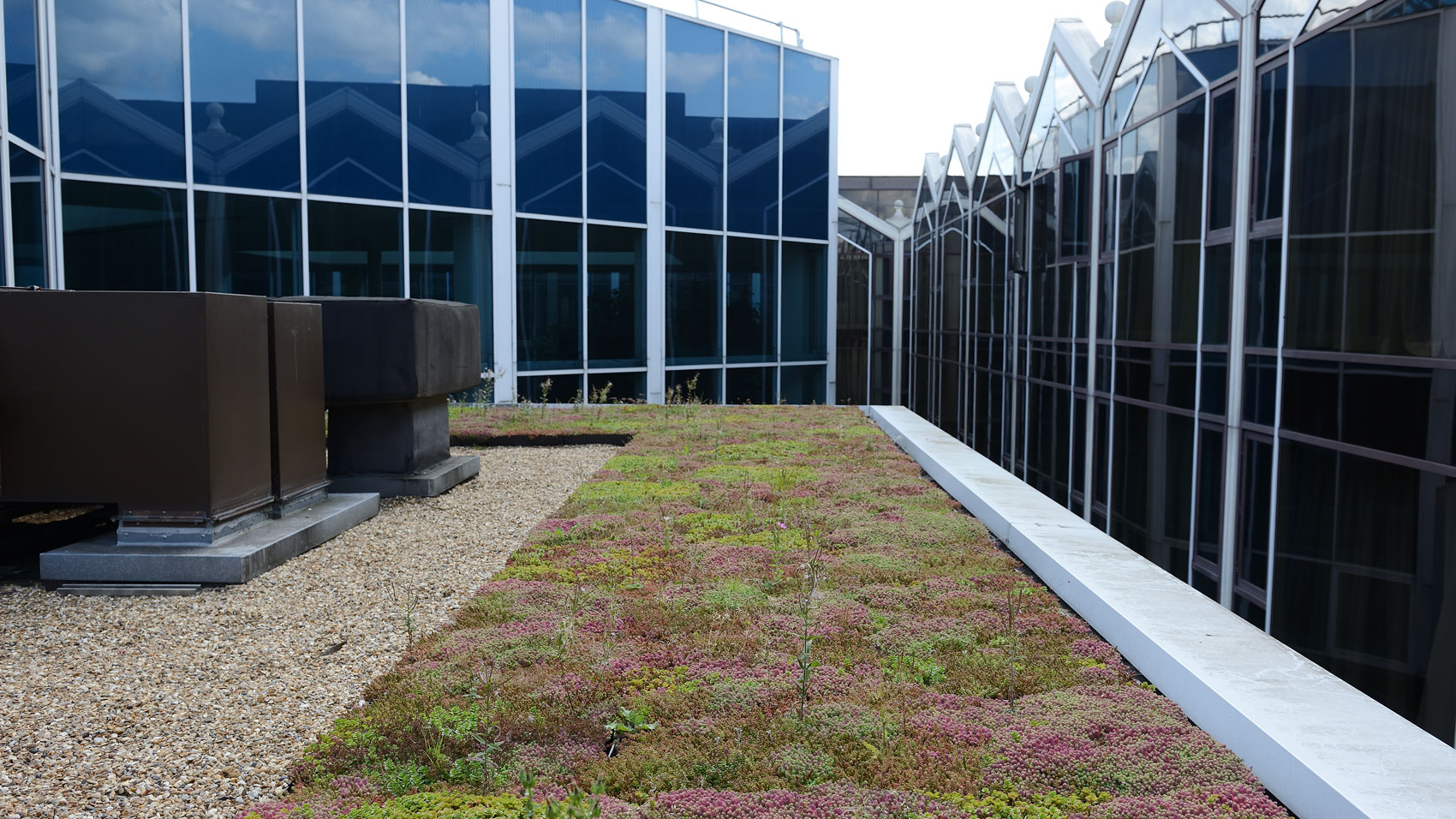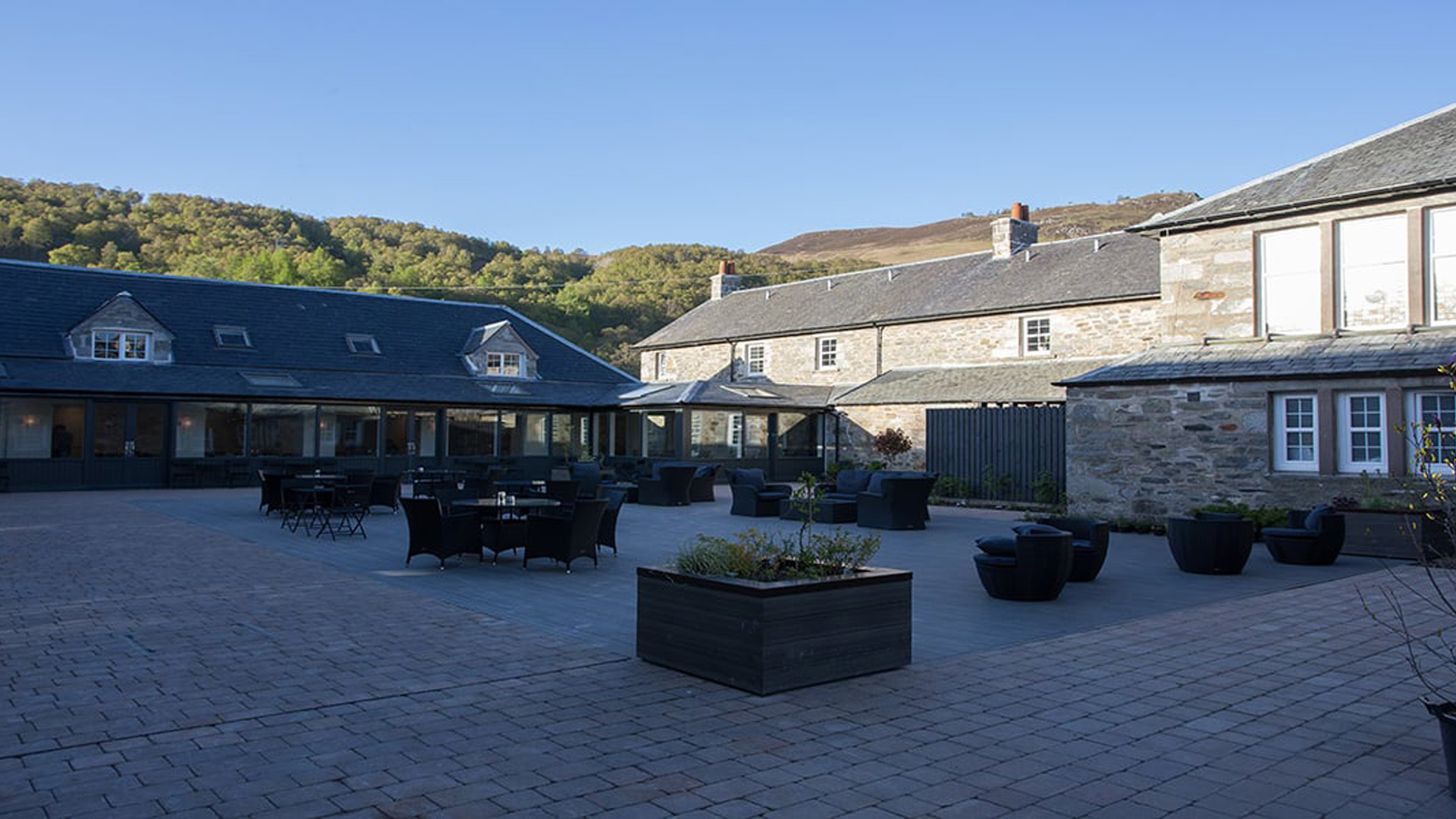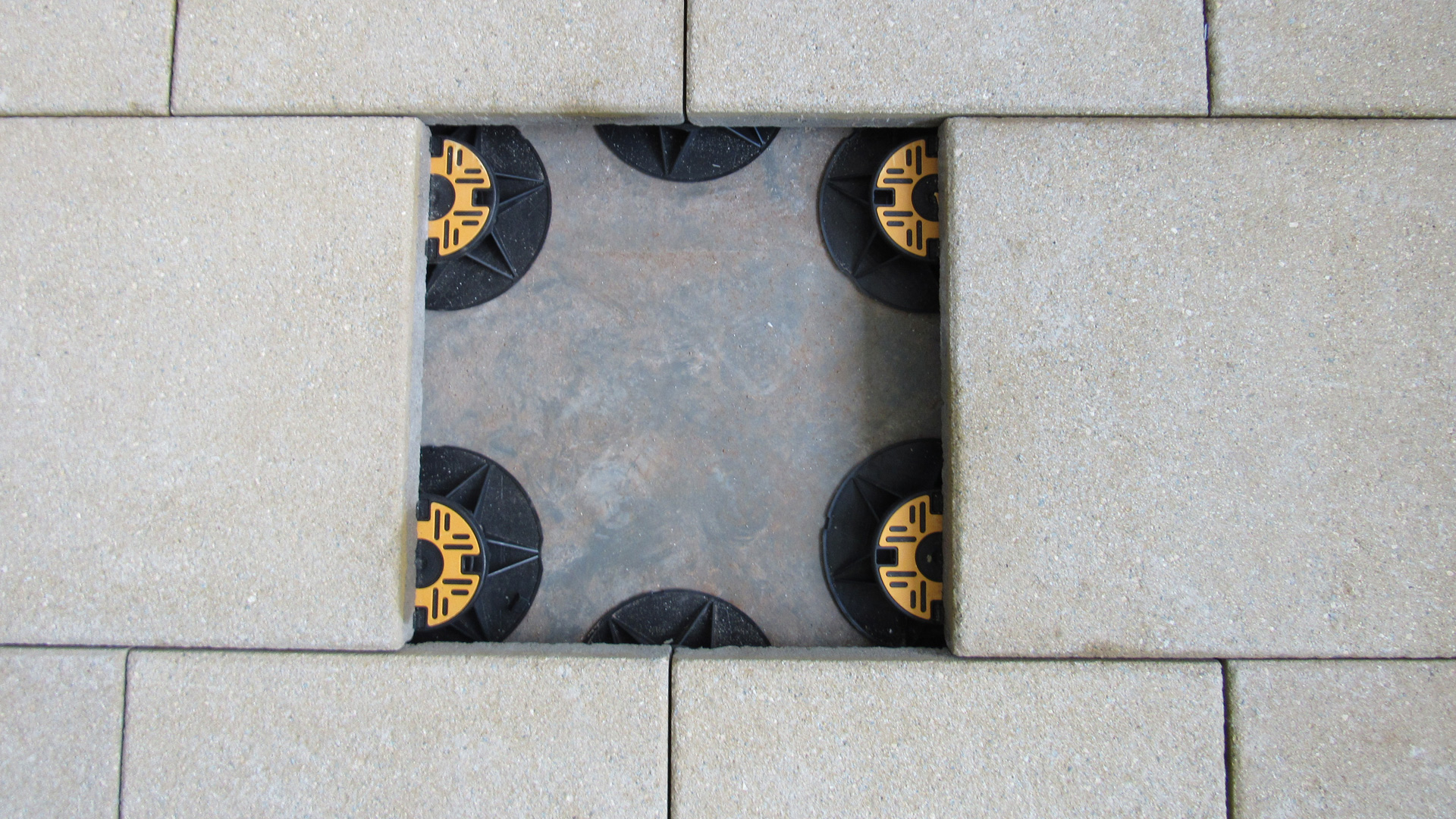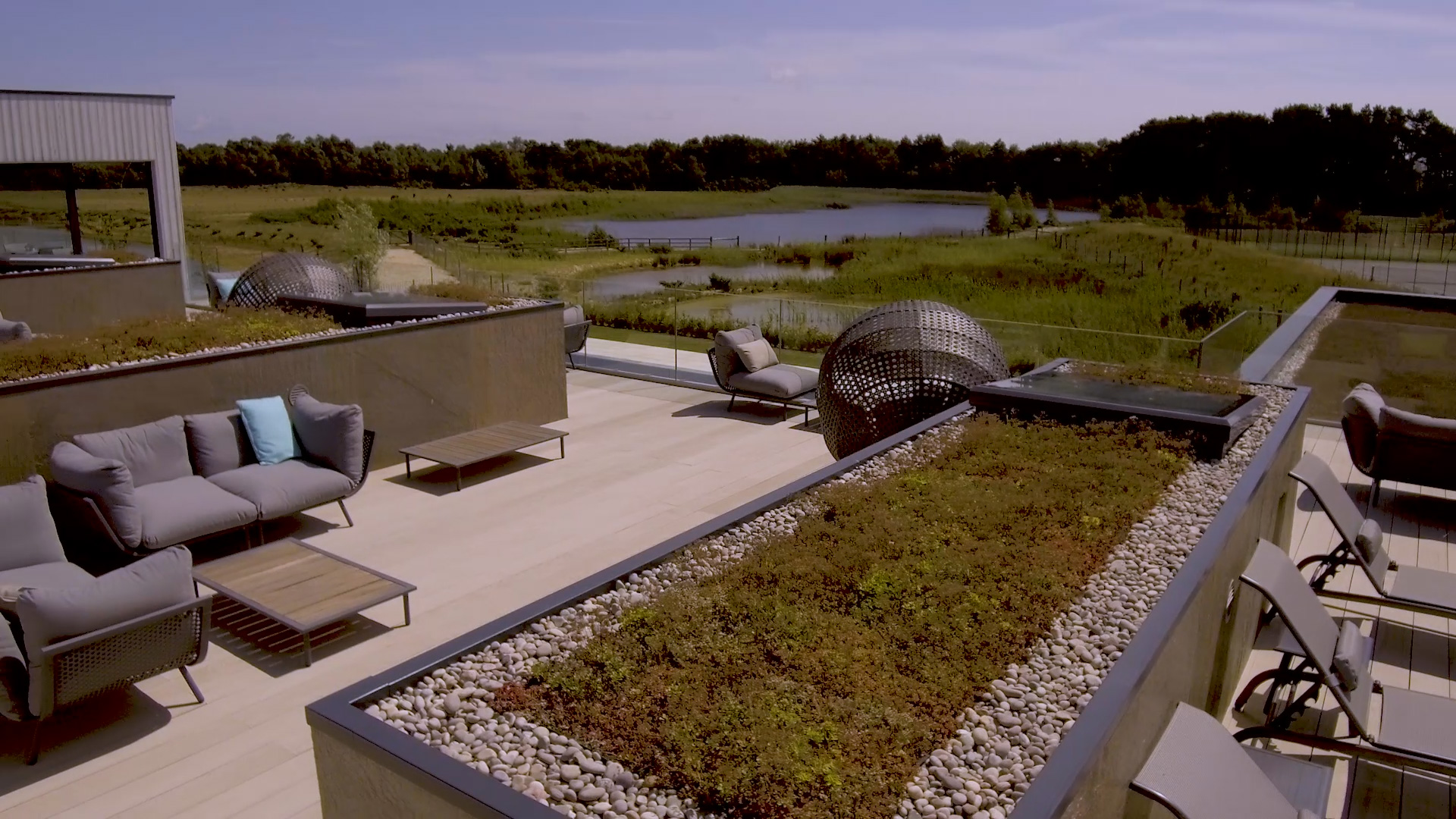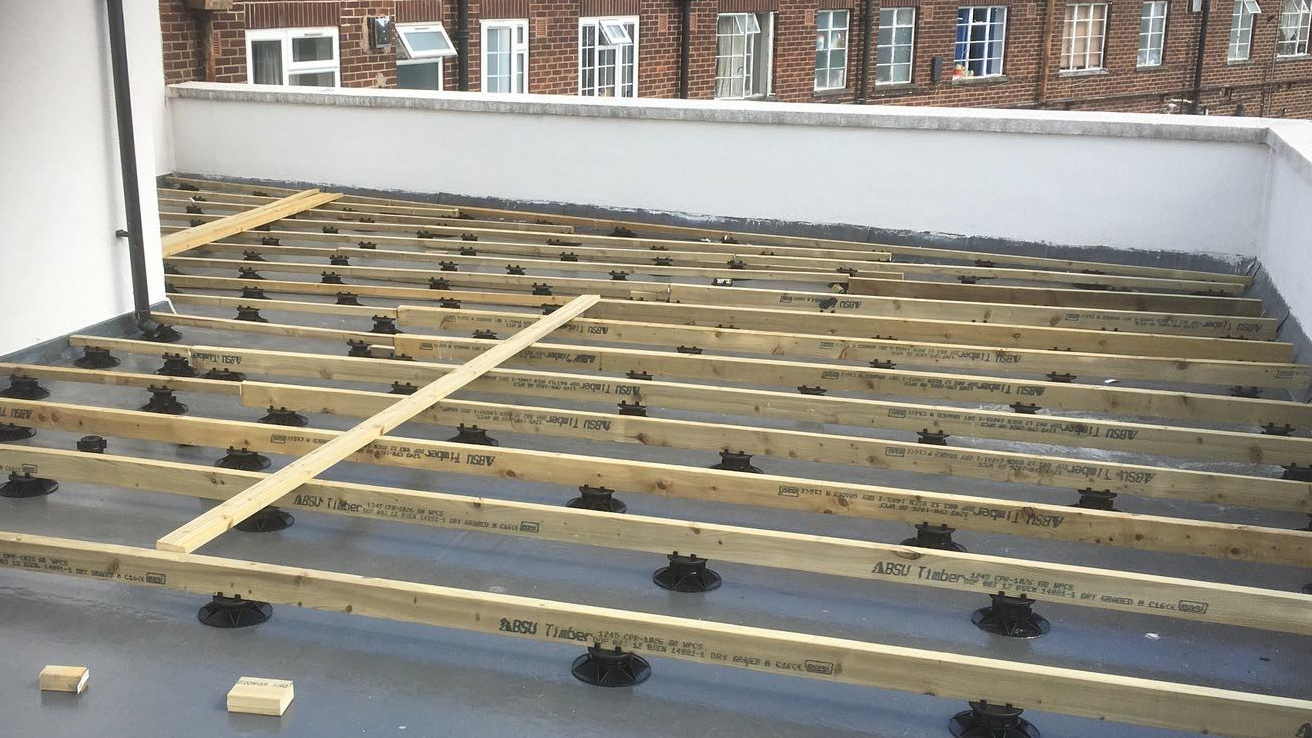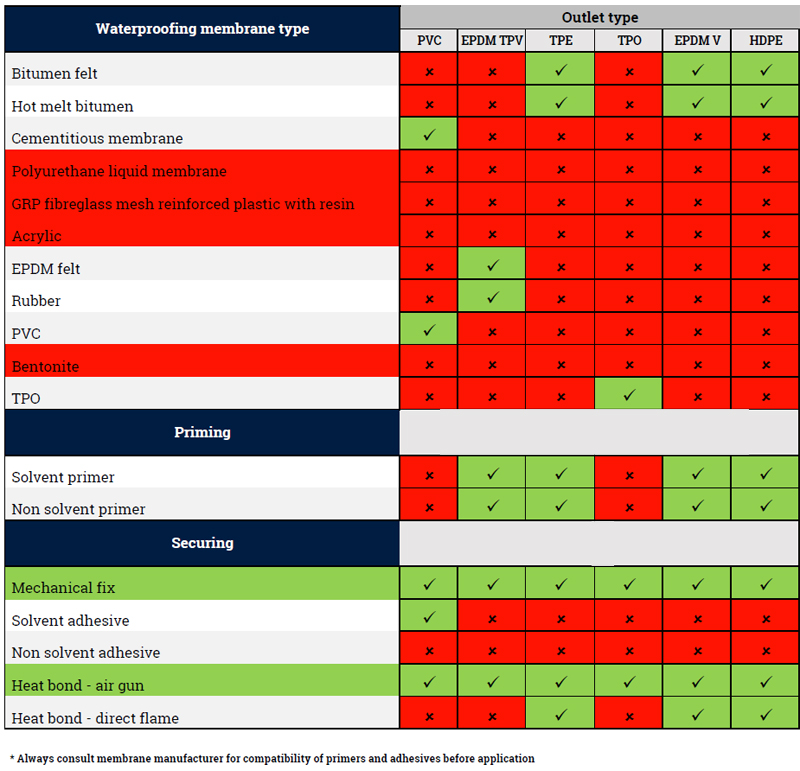Green roofs are increasingly recognised for the wide-ranging benefits they bring to both homeowners and business owners. Not only can they reduce the risk of flooding and manage stormwater effectively, but they also contribute to healthier urban environments.
Reducing Urban Runoff
One of the most important roles of a green roof is its ability to limit urban runoff. By retaining rainwater and filtering pollutants, green roofs improve water quality and allow stormwater to recharge groundwater supplies.
Acting like a natural sponge, the vegetation layer absorbs rainfall and releases it gradually into the environment. This reduces pressure on drainage systems and lowers the risk of localised flooding.
Runoff levels are influenced by factors such as rainfall intensity and duration, substrate depth, evapotranspiration rates, and the retention capacity of the roof. While the maximum retention capacity of a vegetated platform may be only a few millimetres, green roofs are particularly effective during shorter storm events when they can significantly reduce peak runoff.
Retaining Rainwater
Rainwater retention varies depending on the design of the roof, the drainage system, and the type of vegetation used. In general, studies have shown that green roofs can retain between 40% and 100% of rainfall over the course of a year. During the growing season, when plants are actively using water, runoff is minimal.
In one study of a 3.5-inch intensive green roof during extreme storm events, runoff from 69 rainfall events was analysed. Results showed that green roofs generated significantly less runoff compared with adjacent bare or paved roofs, highlighting their effectiveness in stormwater management.
Supporting Public Health
Beyond water management, green roofs also contribute to public health by mitigating some of the negative impacts of urbanisation, including rising temperatures, pollution, and biodiversity loss.
By cooling and shading buildings, improving air quality, and supporting urban biodiversity, green roofs can make cities more liveable. Research in Central Chile, for example, explored the challenges of implementing green infrastructure and identified the key benefit of green roofs: the ability to capture rainwater where it falls.
While installation can be complex, especially in areas with unique climate conditions, the long-term benefits to both the environment and public health make green roofs a valuable addition to urban planning strategies.
A Smarter Approach to Urban Living
Green roofs are not just about aesthetics—they are a practical, science-backed way to manage stormwater, reduce flooding risks, and improve urban health. As more studies confirm their effectiveness, they are set to play a vital role in shaping sustainable and resilient cities of the future.


